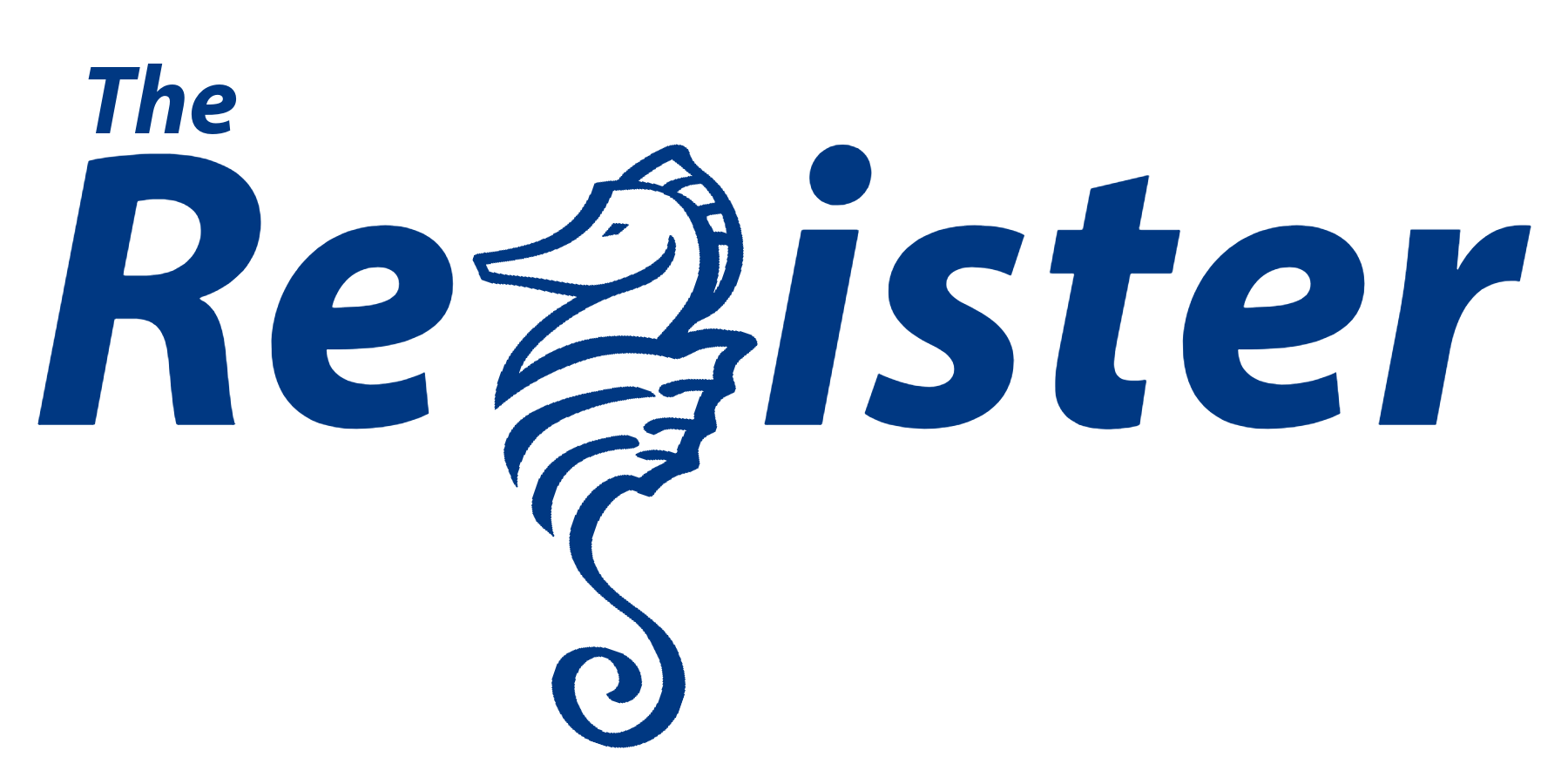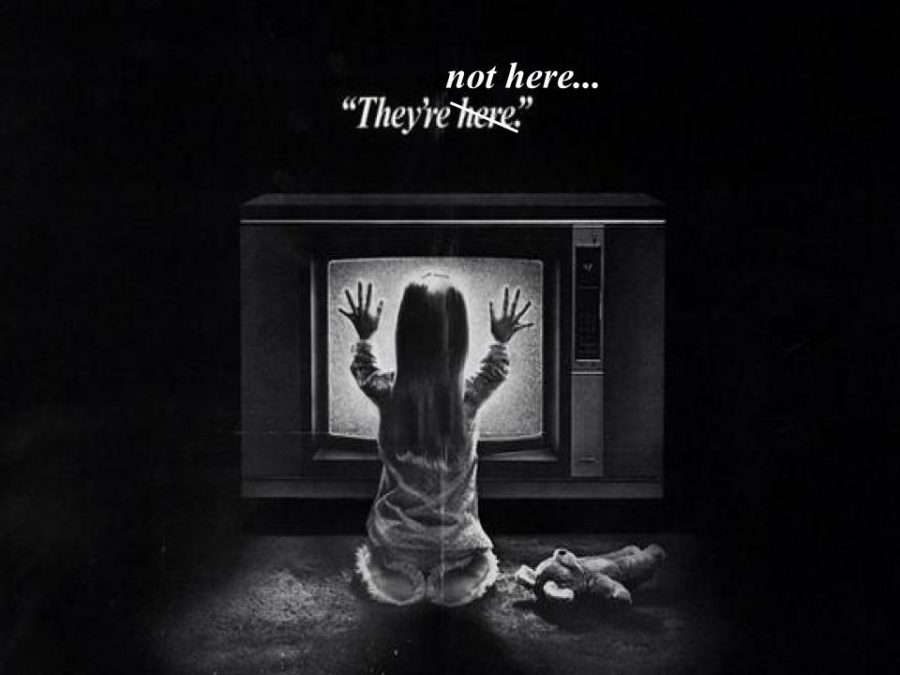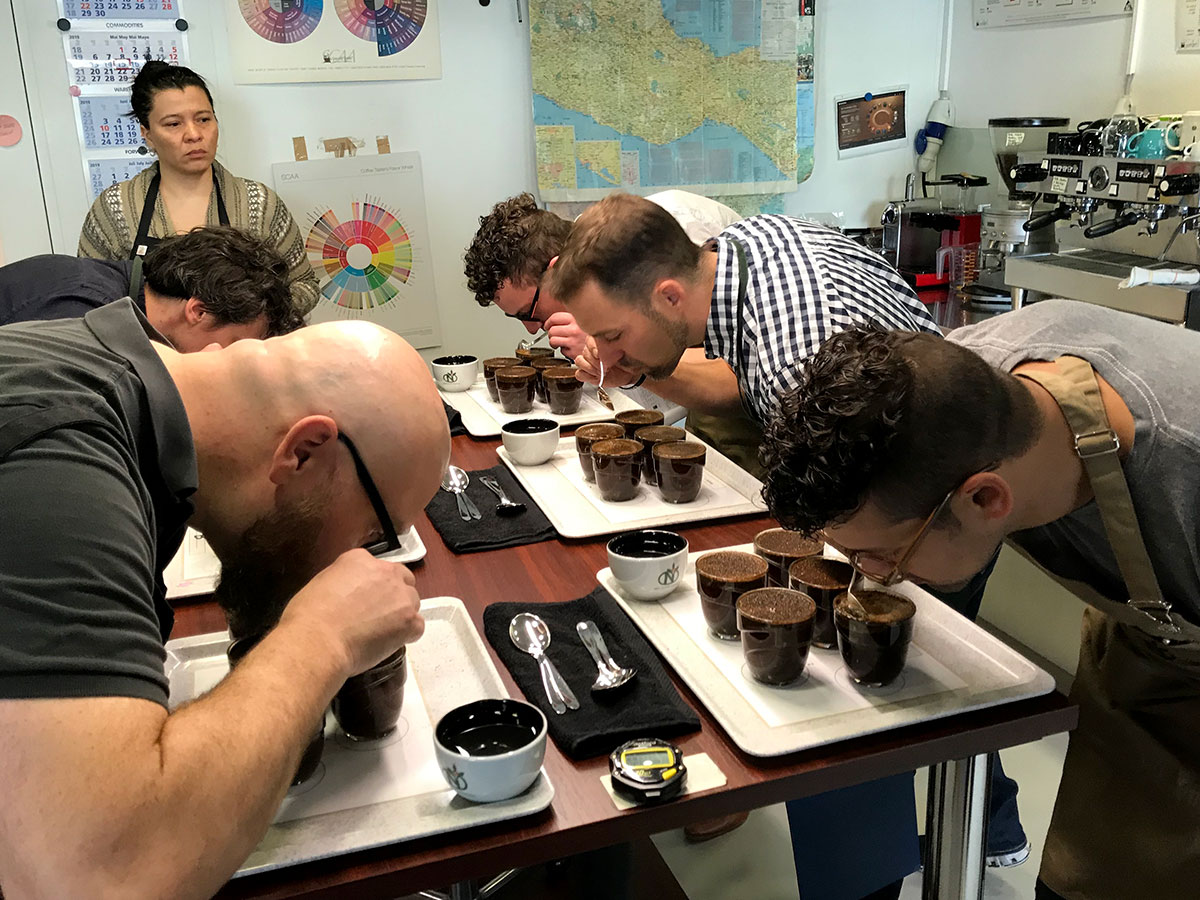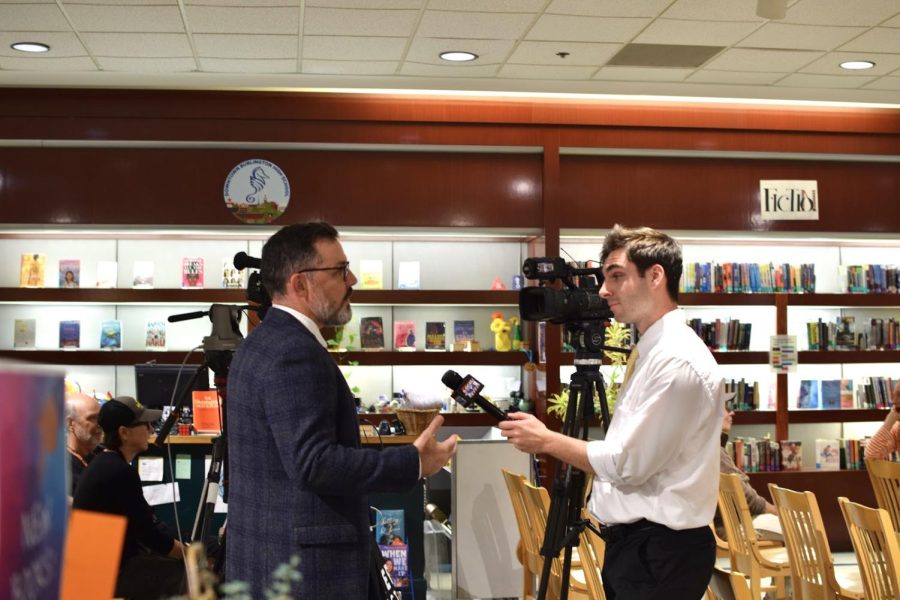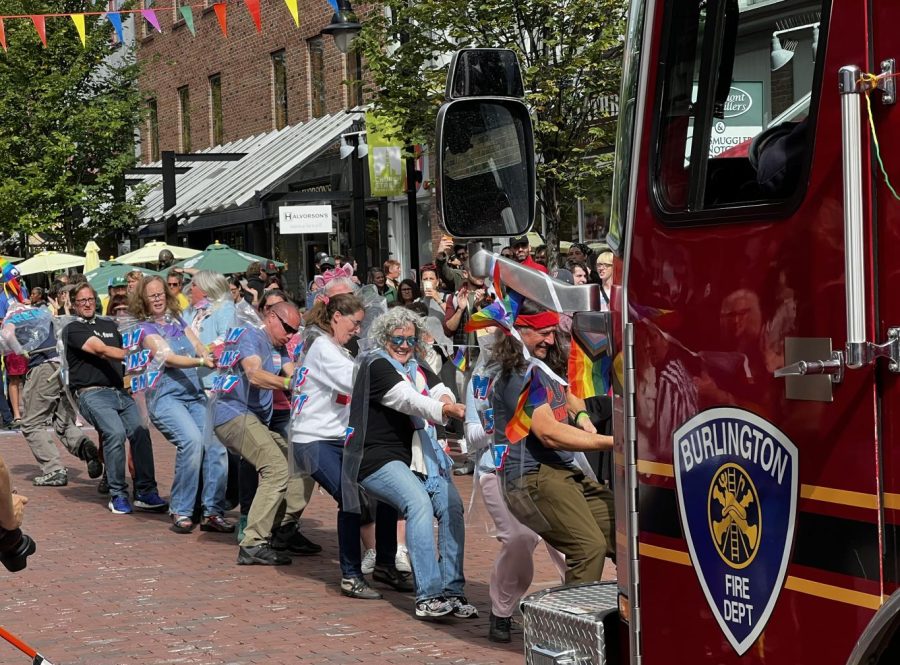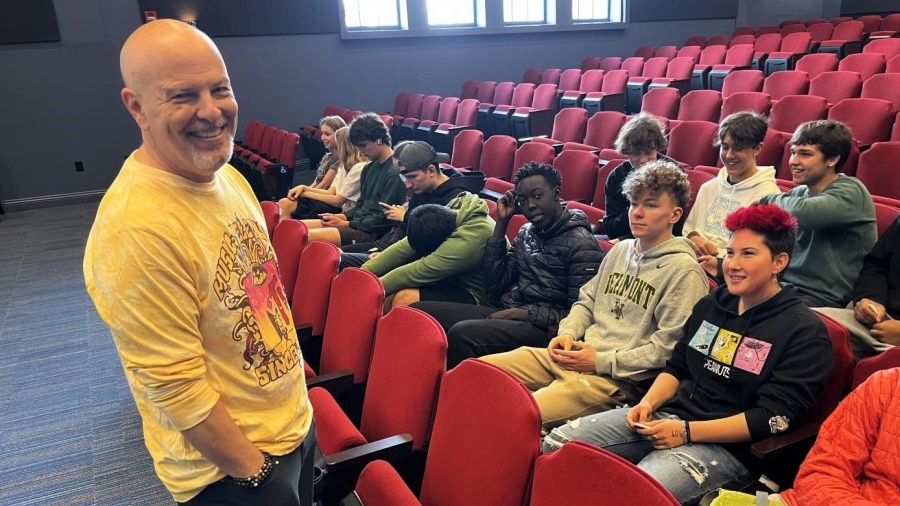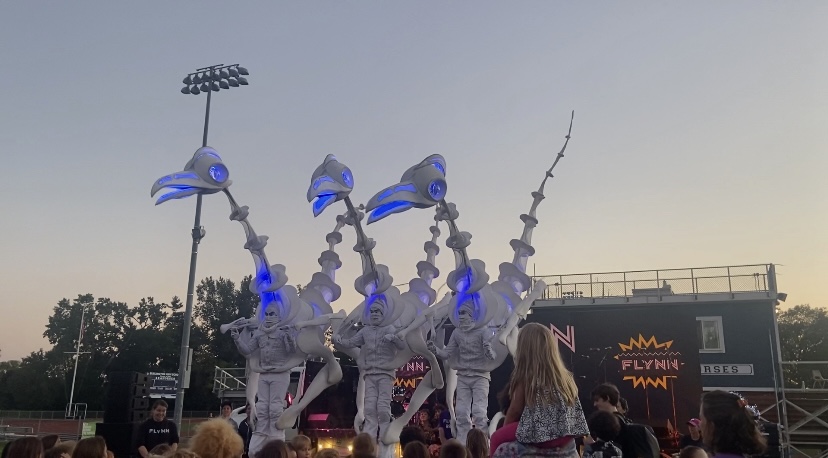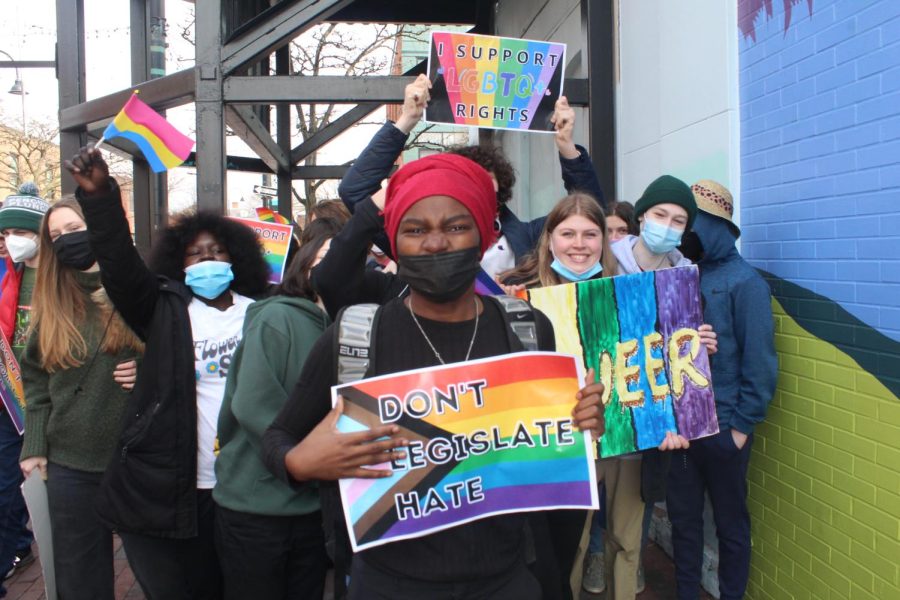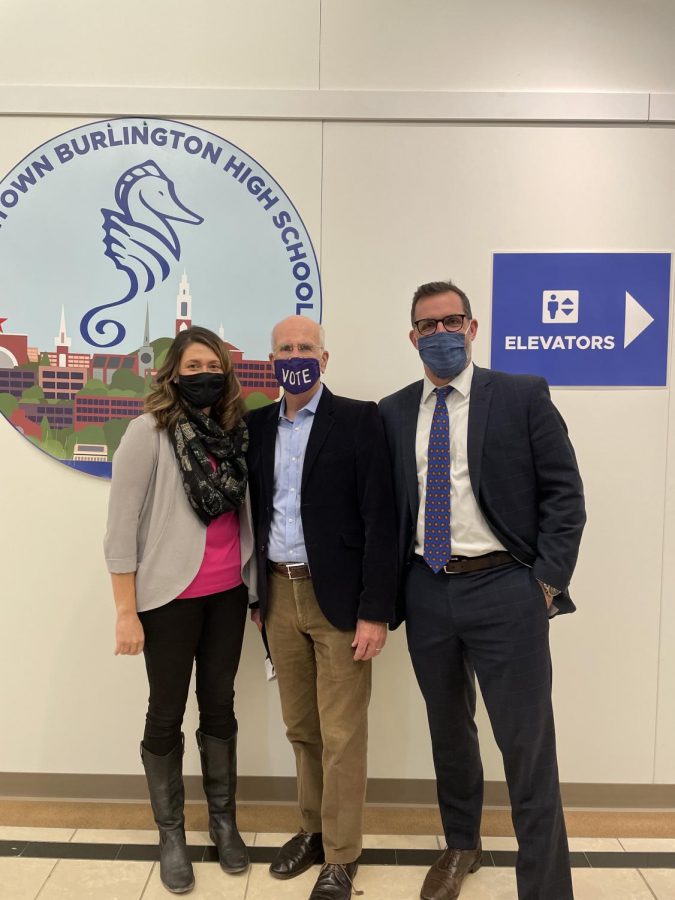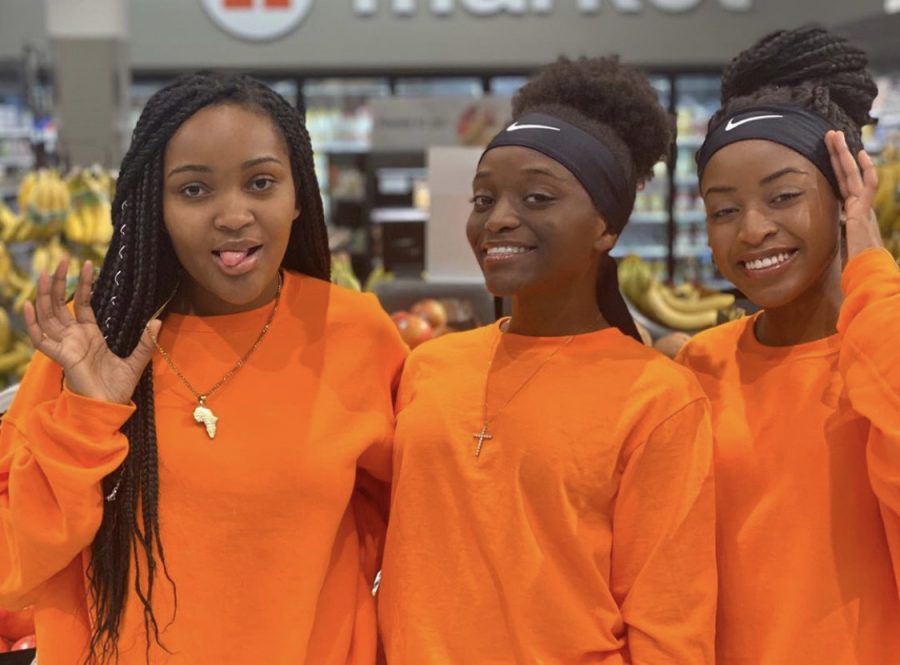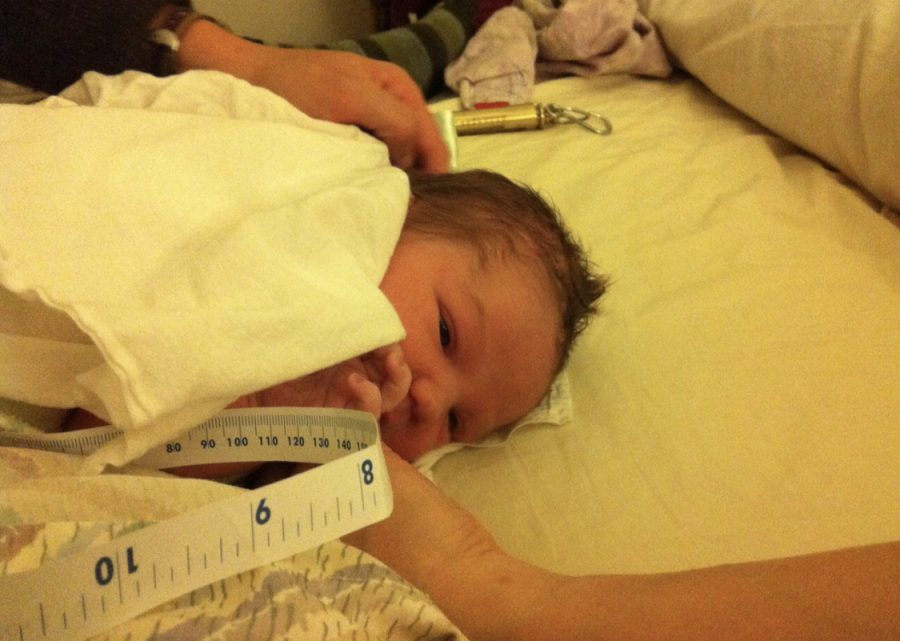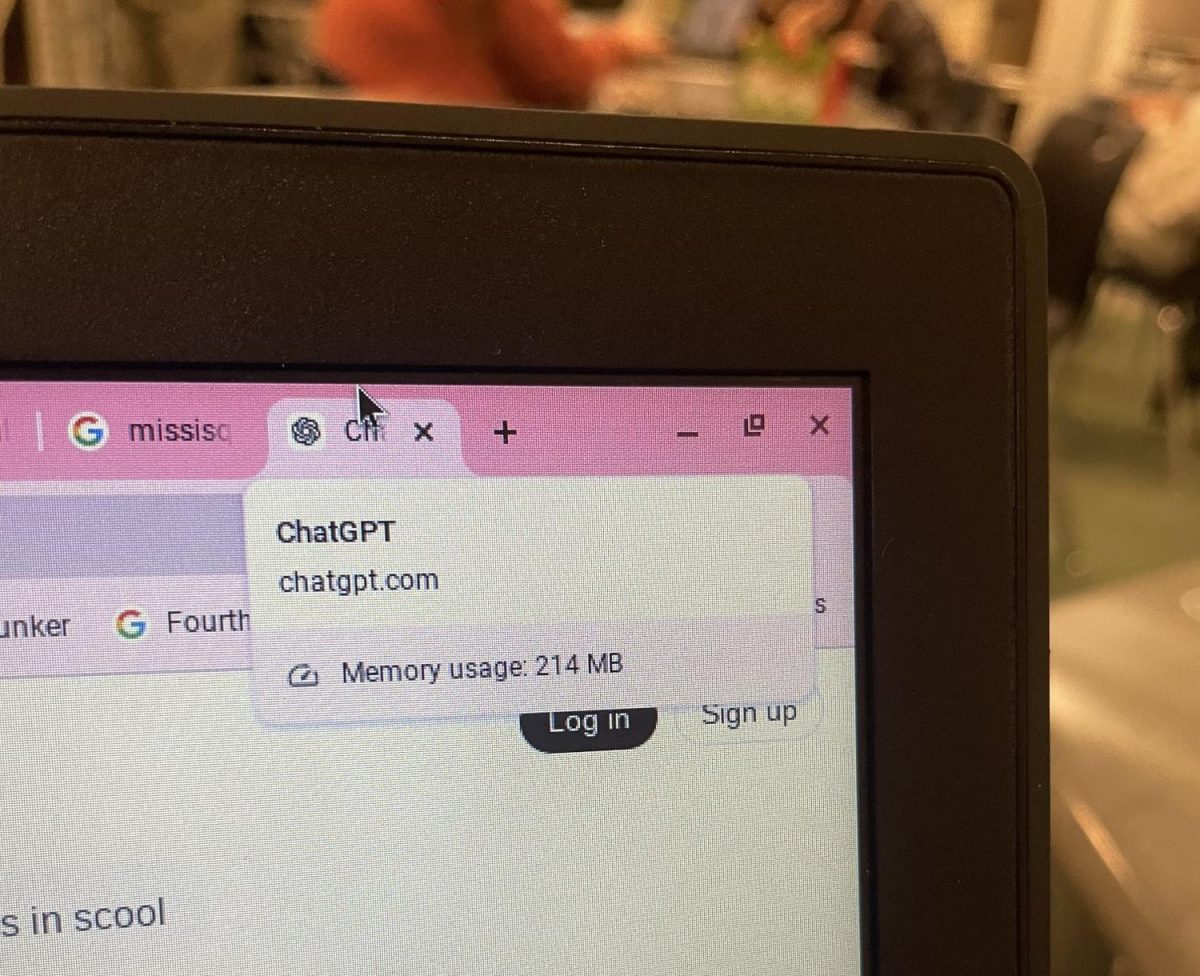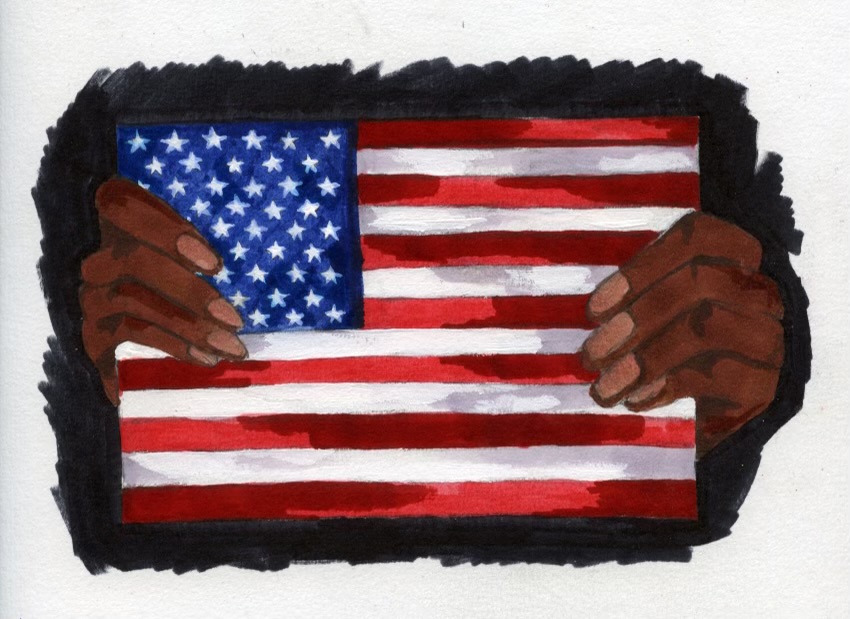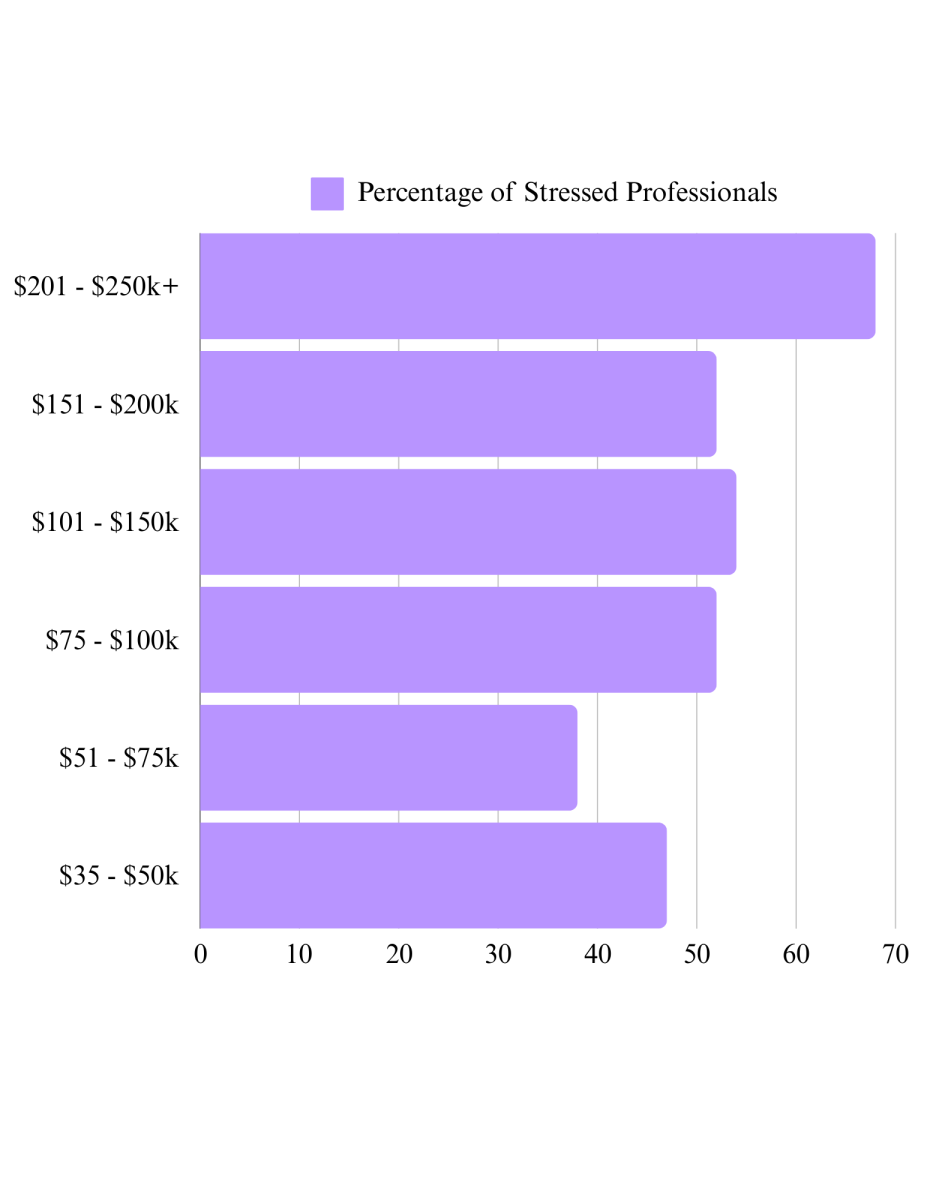By Halle Newman
The scariest day of the year is almost upon us. Can’t you see yourself there now? Walking past pumpkin-laden porches and lackluster foliage to get to your destination, quickening your pace as you pass spindly trees that creak in the autumn breeze. Goosebumps rise on your arms because you know what you have to do.
Finally, you’ll stand before the place you’ve thought about for two years, the place that has filled your dreams with hope, and your nightmares with terror. The lawn spread before it is cluttered with premature gravestones naming people in your community, each begging you to save their name from its certain demise. You take a deep breath and open the door to the building. What you see next will haunt you for the rest of your life.
You let out a scream, and it echoes through the school’s hall. Cobwebs line the ceiling. Fluorescent light illuminates the emptiness of the room, and your ears ring with the shrieks of ghosts lurking in the hallways. Your worst fears have come true. The voting polls are empty.
Isn’t this the scariest story ever?
The way our political system is supposed to work is based on the idea of a representative democracy, meaning that we the people elect politicians to make decisions on our behalf. All we have to do is show up on election day.
Should be simple, right? Not really.
Any American who hasn’t been living under a rock for the last two years knows that the political process in the United States is much more complicated than this. Huge campaign donations from corporations, intervention from, say, Russia, legislation that makes it harder for people to vote, voter suppression tactics and more all make elections a lot more complicated than democracy should allow. Still, ballots are counted during every election, and the marks on them matter. So how come the majority of eligible American voters don’t participate in midterm elections?
NPR reported that about 36% of eligible voters showed up to the polls for the 2014 midterms. Although a president isn’t chosen during midterm elections, senators and representatives of state and federal offices are, and ballots usually contain important local matters regarding taxes or community-specific issues. Why would roughly two out of every three eligible voters pass up the opportunity to get a say in how their community, state, and nation functions?
Maybe they couldn’t make it to the polls because they didn’t have a ride, or neglected to mail in an absentee ballot. Maybe something came up at work or with family. Or, maybe they thought voting just wasn’t worth the time.
Or maybe, they were one of the African American senior citizens ordered off a bus by county officials on the way to a poll last week in Georgia. (Although African Americans make up 32% of Georgia’s population, they represent about 70% of the rejected voter applications. Scary.) Maybe their ballot was thrown away due to “bad handwriting”, or their address wasn’t updated by the government, and they’re one of the 500,000 in Arizona who might be unable to vote this November. Maybe they’ve been convicted of a felony, or living on a reservation without a formal address, and denied the right to a ballot.
The Washington Post reported that 100 million eligible Americans didn’t vote in the 2016 election. To put that frightening number into perspective, there were 60 million votes for Trump, 60.5 million for Clinton, and 6.2 million for a third party candidate. So, although voter turnout was higher in the 2016 primary than it was in the 2014 midterms, more people could agree on not voting at all than voting for a specific candidate. The Post estimates that about 5% of these non-voters were blocked by “inadequate access to the vote”.
But what’s up with the 95 million eligible voters who just didn’t vote? Have they simply lost hope in their democracy? Or are they too lazy to take a whopping two minutes to register to vote?
The only way to prevent polling places from becoming 21st century haunted houses is to show up. So do it. https://vote.gov/
